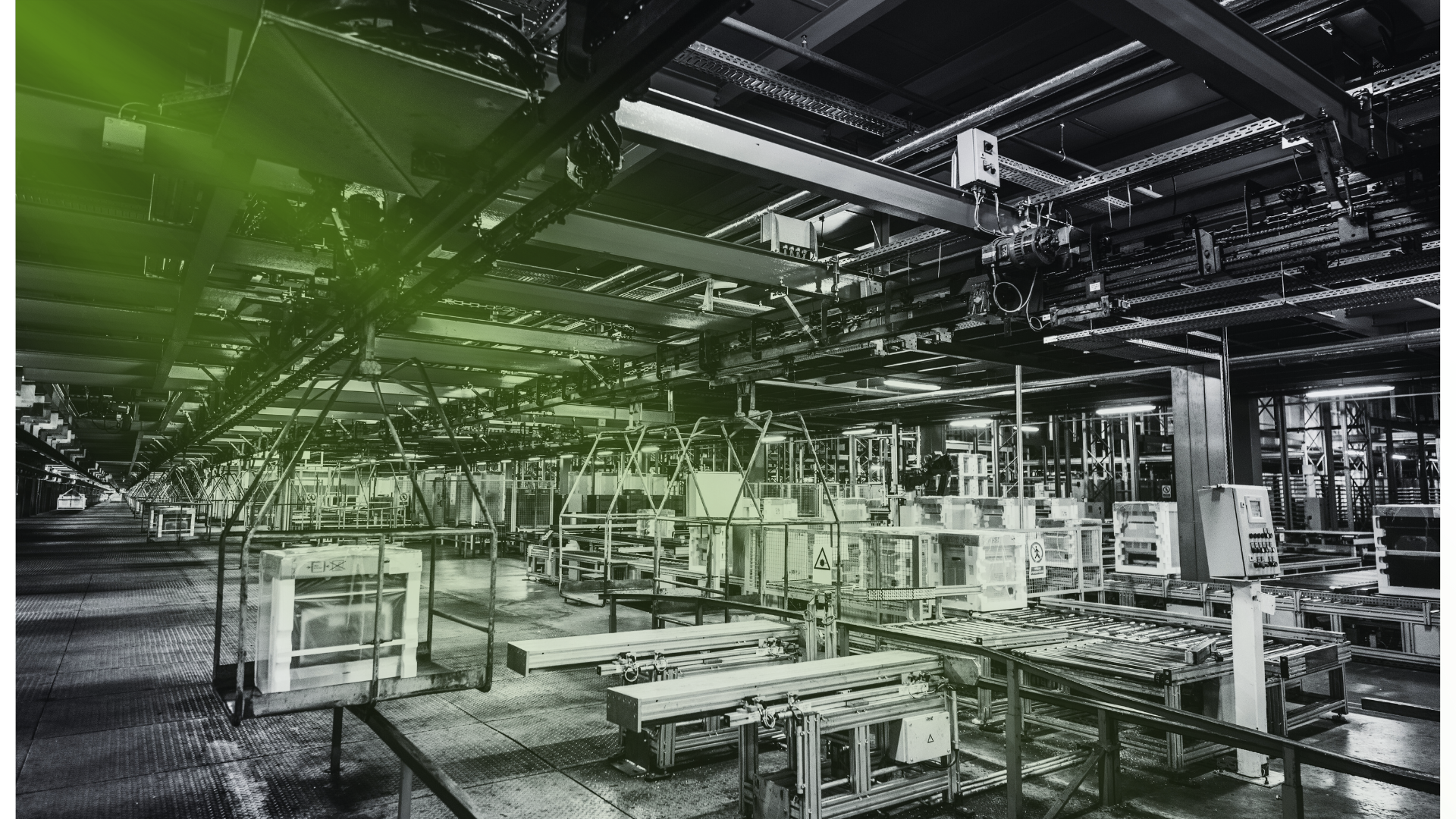The UK aerospace and defence (A&D) sector is at a pivotal moment. With evolving supply chains, rising demand for innovation, and national security priorities high on the agenda, organisations face one of their biggest challenges yet: the talent market. Mid-level and senior professionals in aerospace and defence are experiencing the impact as hiring trends, skills shortages, and workforce dynamics reshape the industry.
The current state of the UK Aerospace & Defence talent market
The demand for talent in aerospace and defence is outpacing supply. Engineering expertise, programme management skills, and cybersecurity capabilities are in particularly high demand. At the same time, a wave of retirements among experienced professionals is creating gaps in leadership and institutional knowledge. Younger talent pools, meanwhile, are often drawn towards other sectors such as technology and renewable energy, adding to recruitment pressures.
Key trends shaping workforce dynamics in UK Aerospace & Defence
- Digital transformation & emerging technologies: AI, autonomous systems, and digital manufacturing are reshaping the industry, creating a need for professionals who can bridge legacy systems with new capabilities.
- Cybersecurity & national security: With cyber threats increasing, aerospace and defence organisations are seeking talent that can strengthen resilience and protect critical infrastructure.
- Global competition for talent: The market for skilled professionals is international. UK organisations must compete globally, not just locally, to secure the people they need.
- Hybrid & flexible working expectations: Like many industries, aerospace and defence is adjusting to new working patterns. Professionals increasingly expect flexibility, which means organisations are rethinking traditional approaches.
What you can do
These changes in the talent market present both challenges and opportunities for experienced professionals:
- Develop skills in emerging technologies: Expanding knowledge in digital engineering, AI, and cybersecurity can strengthen career resilience.
- Use leadership experience effectively: There is growing need for leaders who can mentor, coach, and ensure knowledge transfer within organisations.
- Adapt to new ways of Wworking: Being able to lead and collaborate in hybrid environments is becoming a core skill.
- Explore cross-sector experience: Transferable skills from adjacent industries, such as automotive, energy, or technology, are increasingly valued in A&D contexts.
The UK aerospace and defence sector is experiencing workforce pressures that will shape the industry for years to come. For mid-level and senior professionals, these pressures also bring opportunities: to lead, to adapt, and to contribute to the sector’s long-term resilience. By staying open to new skills, embracing leadership roles, and navigating workforce shifts with flexibility, professionals can position themselves to thrive in this changing landscape.
Looking Ahead
As the aerospace and defence sector evolves, staying informed and connected will be key. If you’d like to discuss the current talent landscape, share your perspective, or explore how your skills align with emerging opportunities, we’d be glad to connect.


